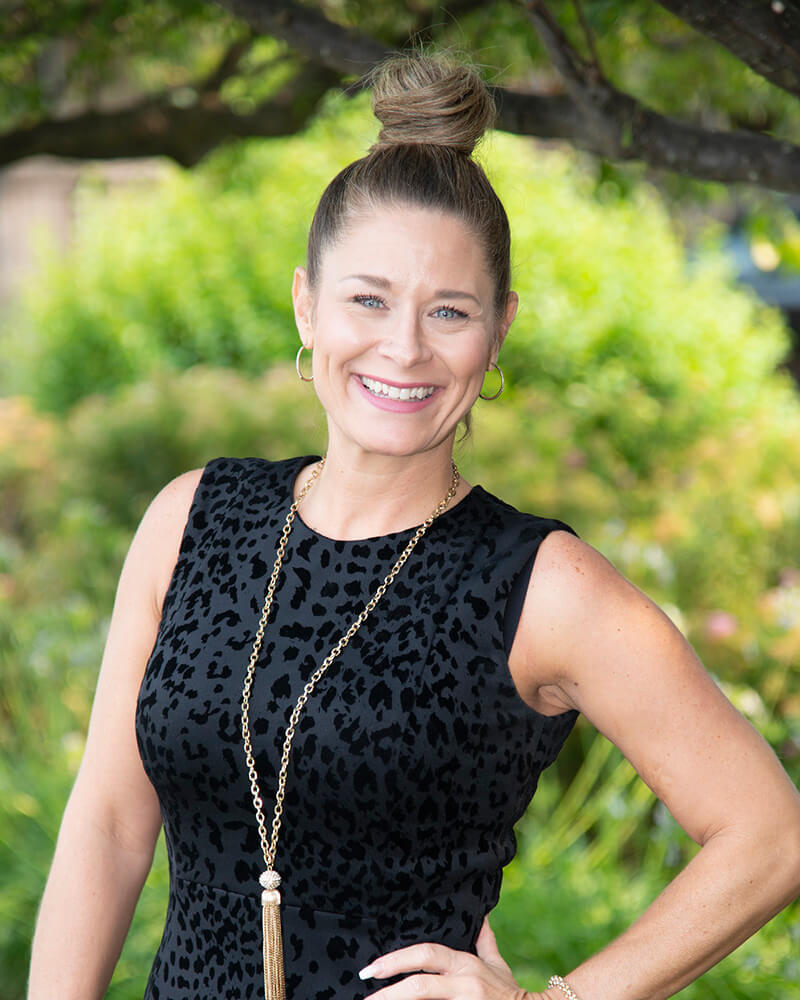"When it became time to sell our property, we considered which real estate agent to chose. Weknew Alison from living in the same community for many years and we knew that she wasknowledgeable, reputable, kind, fair, patient, and persistent. We knew she would be the one toget the job done!Beginning the process of selling our property f… elt overwhelming and daunting, but Alisoninspected our home and property and gave her professional opinion on what we should fix orrevamp to appeal to the buyers. She gave us a realistic idea of what our property was worthand gave her expert advice on the listing price.Transparency was very important to her. Alison recommended that we get a pest and fungusinspection and not leave it up to the buyer to complete during the escrow process. She alsoadvised us that to be open and honest with any past or present issues with the house andproperty, whether they had been resolved, or not. She made sure that we dotted our “i’s” andcrossed our “t’s” before listing the property. The goal was to be fully transparent so that wemade the process easier for ourselves, and the for buyer.Our sale was not an easy one, to say the least. We realized that we were not given the “Deedof Reconveyance” when we purchased the property from the previous property owner. Alisonwas calm and quick to point us in the direction to get this issue resolved. Because we lackedthe Deed of Reconveyance, escrow was extended, making extra work and concessions forAlison and for ourselves. Throughout the entire process, Alison was there for us. If there was asituation that we couldn’t handle ourselves, she always had an answer. She helped us connectwith a private investigator, a bondsman, an electrician, a pest and fungus inspector, a drywallrepair company, as well as a septic company. No matter the situation, she had solutions andwas there to walk us through the process- her help was very much needed and appreciated!If you are looking to buy or sell a property, we would strongly suggest that you give Alison acall. She is professional, helpful, kind, and well respected in everything she does. We aregrateful that our property selling experience is over, but if we had to do it again, we would callAlison- she was such a pleasure to work with and deserves a 5 star rating!"






